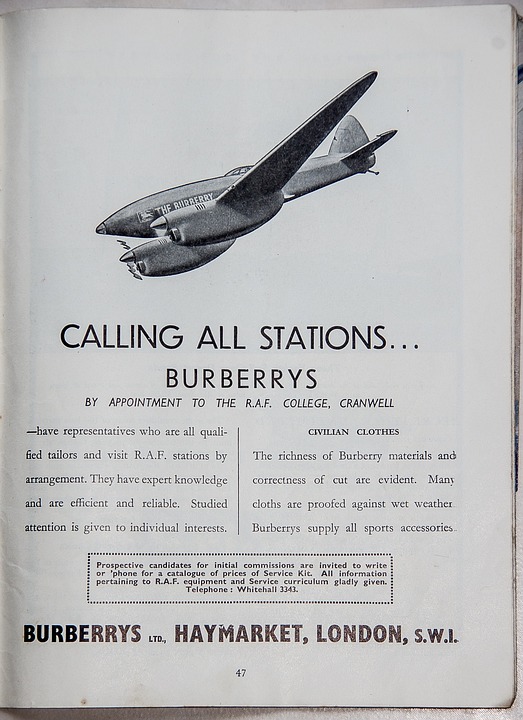The History of Burberry: From British Heritage to Global Fashion Powerhouse
Early Beginnings
Burberry, the iconic British fashion brand known for its signature trench coats and checkered patterns, has a rich history that dates back over 150 years. The brand was founded in 1856 by Thomas Burberry, a 21-year-old draper’s apprentice, in Basingstoke, England. Burberry initially focused on producing outdoor clothing, specifically for hunting and fishing, with a strong emphasis on quality and functionality.
The Invention of Gabardine
In 1880, Burberry invented a new fabric called gabardine, which was lightweight, breathable, and water-resistant. This revolutionary fabric became the cornerstone of Burberry’s success, as it allowed the brand to create durable yet stylish outerwear that was perfect for the British climate. The gabardine trench coat, with its belted waist and distinctive checkered lining, soon became a staple in the wardrobe of British officers during World War I.
Expansion and Innovation
Throughout the early 20th century, Burberry continued to expand its product line, adding accessories such as scarves, bags, and umbrellas to complement its outerwear offerings. The brand also continued to innovate, introducing new designs and technologies to improve the performance of its garments. In 1955, Burberry added its famous Equestrian Knight logo to its products, further solidifying its brand identity.
The Burberry Check
One of Burberry’s most iconic trademarks is its distinctive check pattern, which features a tan, black, red, and white plaid design. Originally used as a lining for its trench coats, the check became synonymous with the brand and was trademarked in 1920. Over the years, the Burberry check has been reimagined and incorporated into various other products, from scarves and handbags to shoes and perfumes.
Modern Revival
In the 1990s, Burberry underwent a modern revival under the leadership of then-CEO Rose Marie Bravo and Chief Creative Officer Christopher Bailey. The brand repositioned itself as a luxury fashion label, expanding its product offerings to include ready-to-wear collections for men, women, and children. Burberry also embraced digital marketing and social media, becoming one of the first fashion brands to live stream its runway shows and engage with consumers online.
Global Expansion
Burberry’s modernization efforts paid off, as the brand quickly gained popularity around the world. Burberry opened flagship stores in major fashion capitals such as London, Paris, New York, and Tokyo, and expanded its presence in emerging markets like China and India. The brand’s celebrity endorsements and collaborations with high-profile designers further solidified its status as a global fashion powerhouse.
Sustainability and Social Responsibility
In recent years, Burberry has placed a strong emphasis on sustainability and social responsibility. The brand has committed to reducing its environmental footprint by implementing eco-friendly practices in its supply chain and production processes. Burberry has also partnered with organizations such as the Ellen MacArthur Foundation to promote a circular economy and reduce waste in the fashion industry.
Conclusion
From its humble beginnings as a small outdoor clothing shop in England to its current status as a global luxury fashion brand, Burberry has come a long way over the past 150 years. The brand’s commitment to quality, innovation, and heritage has allowed it to thrive in an ever-changing industry, making it a timeless icon of British fashion. With its focus on sustainability and social responsibility, Burberry is not only a fashion powerhouse but also a leader in the movement towards a more ethical and environmentally conscious industry.
